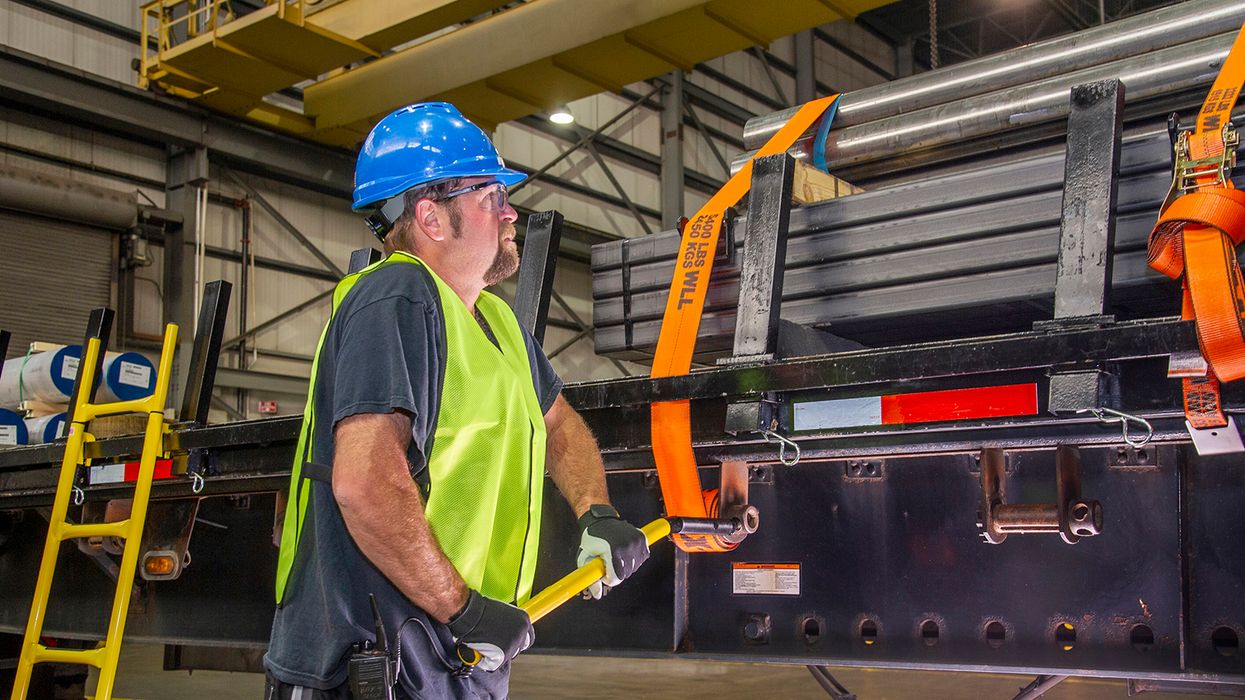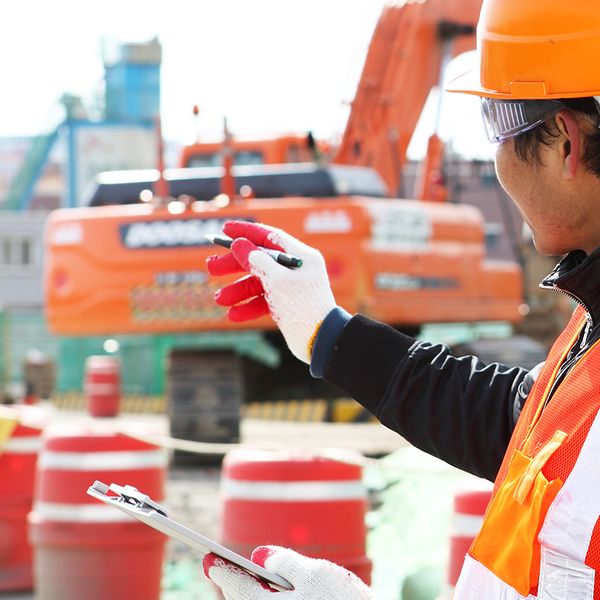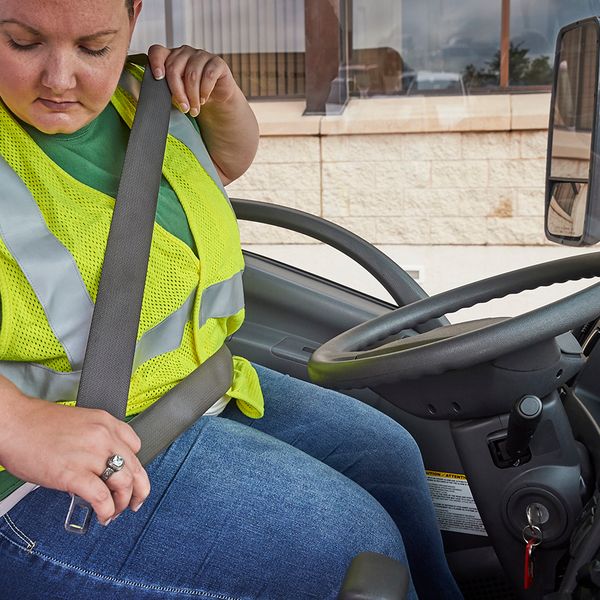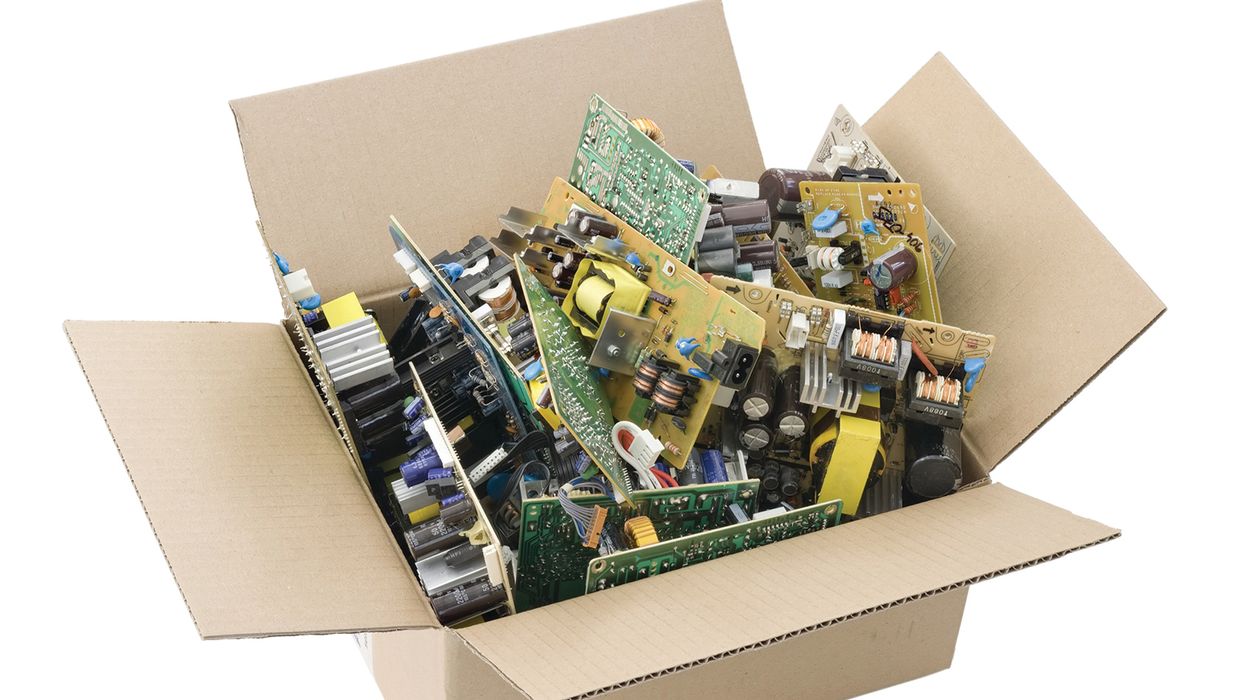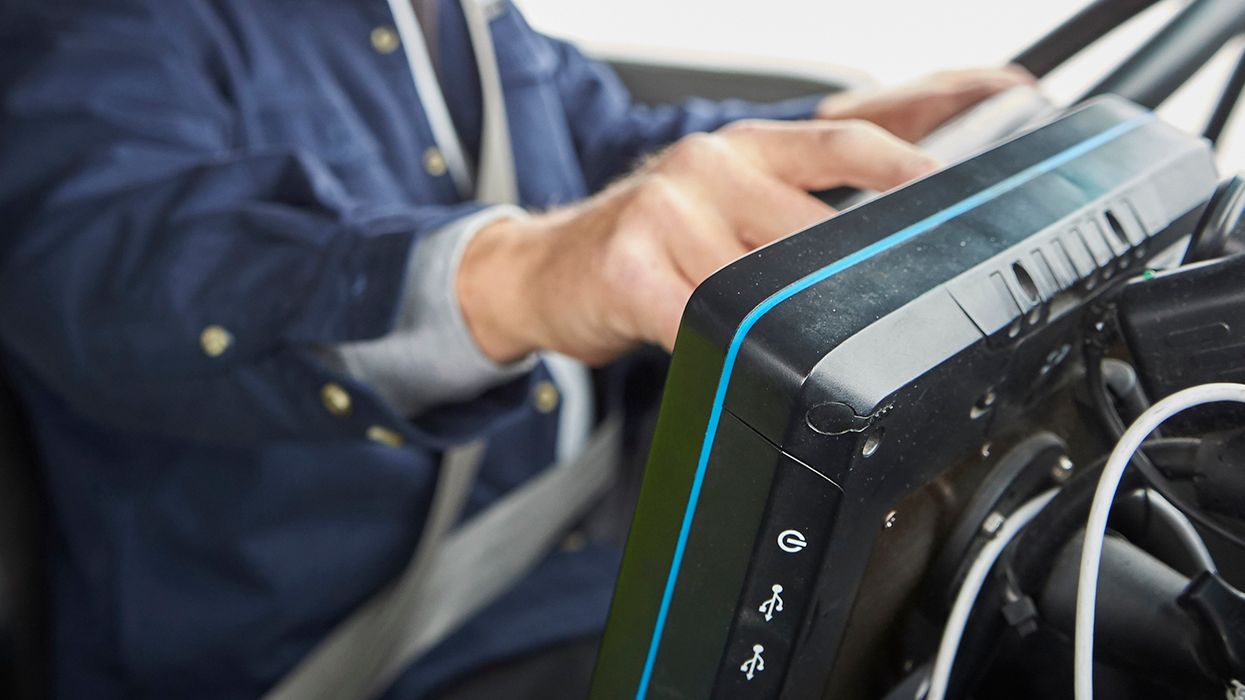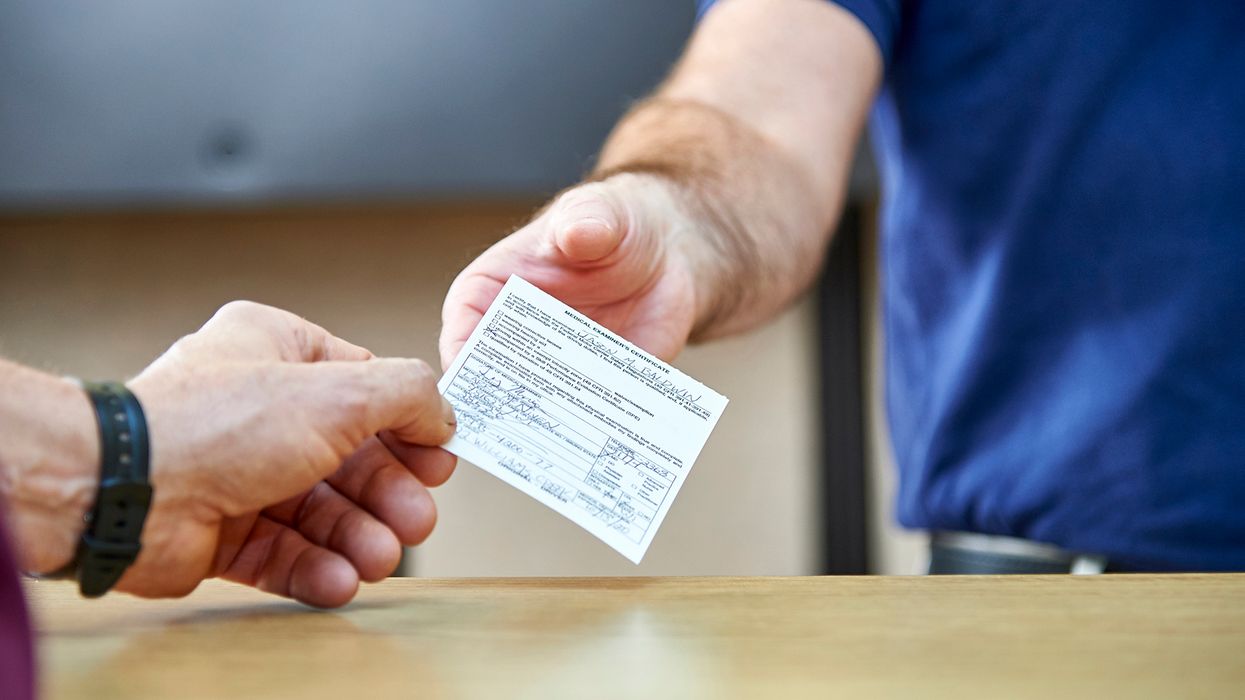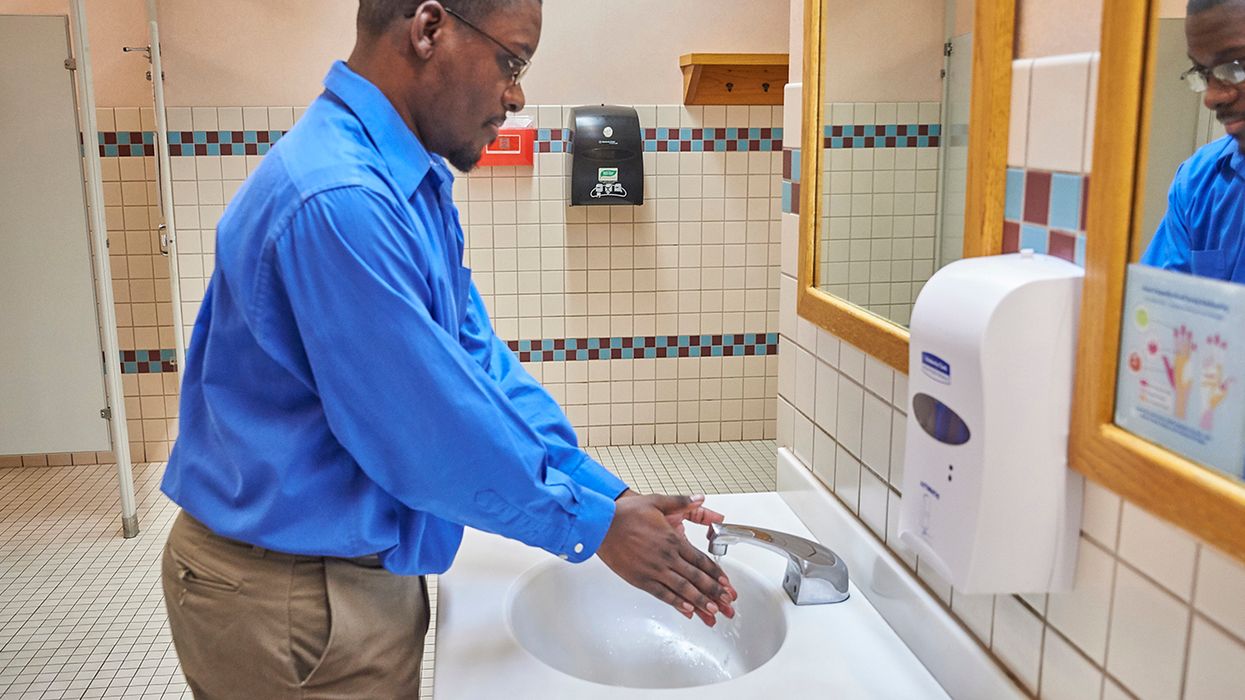Data shows drivers have high rates of workplace injuries and illnesses
When a commercial driver is injured in the workplace, the DOT doesn’t track details unless it involves a commercial motor vehicle (CMV) crash.
Instead, you must look to the Department of Labor’s Bureau of Labor Statistics (BLS). The agency studies the frequency of worker injuries and illnesses as the result of job activities. In 2020, the most recent data available, driver injury-and-illness rates were comparable to other vocations viewed as hazardous, such as construction.
Nonfatal occupational injuries and illnesses
The nonfatal occupational injuries and illnesses report from 2020 broke down incidents based on vehicle type operated.
BLS data provided the following on lost worktime for the year:
| Vehicle type | Injury and illness cases | Incident rate* (per 10,000 full-time equivalent workers) |
|---|---|---|
| Heavy and tractor-trailer trucks** | 43,500 | 259.7 |
| Light trucks*** | 21,610 | 248.9 |
| *Per 10,000 full-time equivalent workers **Weight rating of 26,001 pounds or more ***Weight rating less than 26,001 pounds | ||
To understand whether these rates are significant, you must compare them against incident rates of other professions during the same year:
- Construction — 207.1
- Automotive service technicians and mechanics — 185.9
- Maintenance and repair workers, general — 241.9
- Electricians — 128.2
- Laborers and freight, stock, and material movers — 289.8
Truck drivers have a higher incident rate than several other worker types, suggesting working in and around CMVs can be dangerous.
Heavy and tractor-trailer trucks
In 2020, the top injury for operators of heavy and tractor-trailer trucks was sprains, strains, and tears with the back and shoulder as the top body parts affected. The most common cause of driver injuries related to the vehicle in some way.
Specific to the actual event leading to an injury or illness, the top four were:
- Falling to a lower level,
- A roadway incident involving motorized vehicles,
- Falling on the same level, or
- A strike by an object or equipment.
Light trucks
In 2020, the top injury for those operating light trucks was sprains, strains, and tears with the back as the primary body part affected. Unlike operators of larger vehicles, the top three causes of injuries were too close to consider any one as predominant.
The three most common causes for the incidents include:
- Vehicle,
- Worker motion or position, and
- Containers.
Three of the four events leading to injuries and illnesses of light-truck drivers were common to the large trucks except for “falling to a lower level.” The light-truck category, instead, added “overexertion in lifting or lowering” to its top four events.
Job hazard analysis
A job hazard analysis (JHA) can assist you by identifying and controlling hazards before they have the potential to cause harm.
The process focuses on job tasks and the steps that need to be taken to complete each. Ideally, after you identify uncontrolled hazards, you will take steps to eliminate or reduce them to an acceptable risk level.
Based on the BLS driver data, suggested training topics include:
- Proper lifting techniques
- Tips when working around parked and disabled vehicles:
- Face oncoming traffic
- Make sure others see you by:
- Wearing high-visibility vests
- Using warning devices
- Turning on the vehicle’s flashers
- Loading dock and yard safety, including
- Use of spotters
- Alert to activity (people, forklifts, vehicles)
- 3 points of contact when mounting/dismounting from a truck or trailer
- Slips, trips, and falls
- Load securement
- Ladder safety
- Use of harnesses
- Unloading freight (loose and falling cargo)
- Appropriate use of personal protective equipment (PPE)
A policy of requiring PPE can help reduce risks.
Consider providing workers with:
- Work gloves
- Safety glasses
- Hard hat
- Appropriate shoes (e.g., steel-toed shoes, leather, tread)
- High-visibility vests
And, lastly, have employees report close calls. Investigating near-misses may help determine why an event occurred so it can be corrected through policy, training, equipment, changes in process, and the like.
Key to remember: BLS data illustrates that drivers experience several injuries and illnesses outside of CMV crashes. Employers can benefit from performing a JHA — and training employees based on its findings — to aid in preventing driver workplace injury or illness.

